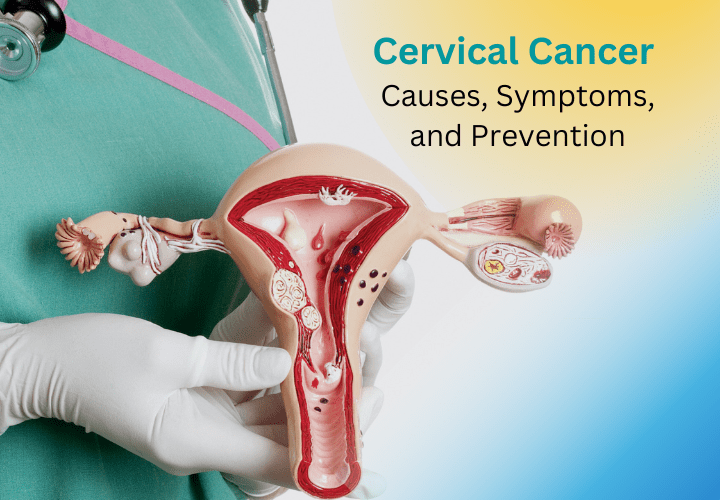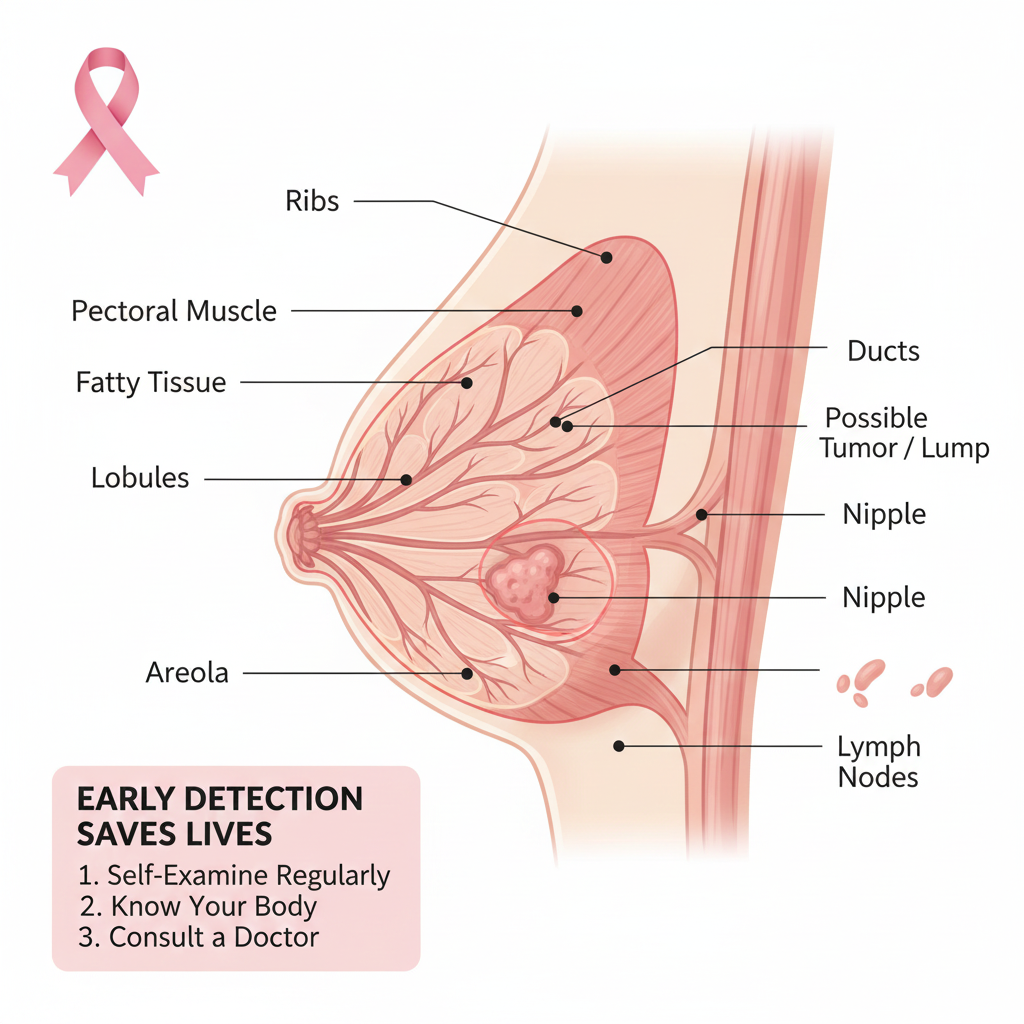INFORMATION ON CERVICAL CANCER

Cancer Awareness
What is Cervical Cancer?
Cervical cancer is one of the most common cancers amongst
Indian females. It arises in the lower part or the “mouth” of the uterus. The
cervix is the lower part of the uterus (womb) that connects uterus to the vagina
(birth canal). It is highly preventable, can be diagnosed in early stages and
is mostly curable.
Various strains of the human papillomavirus, also called HPV,
play a role in causing most cervical cancers. HPV is a common infection that is
passed through sexual contact. When exposed to HPV, the body's immune system
typically prevents the virus from doing harm. However, in a small percentage of
people, the virus survives for years. This contributes to the process that
causes some cervical cells to become cancer cells.
What are the Symptom of Cervical Cancer?
- Abnormal bleeding ( after sex / between periods / post-menopausal)
- Fowl smelling discharge from the vagina
- Pain during sexual intercourse
- Lower back pain or pelvic pain
What are the Stages of Cervical Cancer?
- Early Disease: Initial stage involving only cervix and small in size
- Localised Disease: Loco regionally advanced disease which is beyond cervix but limited to pelvic area.
- Metastatic disease: Disease has spread to other organs of body.
What are the Causes/Risk Factors of Cervical Cancer?
- Cervical cancer cases are caused by the sexually transmitted human papillomavirus (HPV). The two types that most commonly cause cancer are HPV-16 and HPV-18
- Becoming sexually active at a young age (especially younger than 18 years old)
- Having many sexual partners or having one partner who has many sexual partners.
- Having many children. Young age at first full-term pregnancy
- Long-term use of oral contraceptives
- Low Economic status
- Smoking
- Having a weakened immune system
Screening and diagnosis of Cervical Cancer?
Pap test is used to detect precancerous stages and is
routinely done in normal females, usually annually. Treatment of precancerous
lesions of the cervix can prevent cervical cancer.
A small biopsy sample is taken from the cervix if a Pap test shows
abnormal cells, and is examined to look for cancer cells.
A positive biopsy result invariably confirms cancer and
requires further imaging for staging such as USG, CT or MRI scan and chest
X-ray. A complete staging is essential for deciding the best treatment.
What are the treatment options available for cervical cancer?
1. Surgery: Involves removal of the cervix, uterus, and surrounding tissues. Surgery is generally recommended in early stages of cervical cancer.
2. Radiation Treatment: uses high-energy X-rays and gamma rays to kill the cancer cells. The required dose of radiation is delivered by two modalities usually one after the other, External radiation (EBRT) and internal brachytherapy (BT). During external RT, patient is positioned at the linear accelerator machine in the same way every day, and the radiation field is exposed to the radiation beam for a few minutes once per day, five days per week for five to six weeks. This is done as an outpatient procedure, and the patient can usually continue with normal daily activities during treatment. In this treatment Radiation along with concurrent chemotherapy is given. Locally advanced cases are mostly treated with chemo radiation.
3. Internal radiation (BT) is delivered through a device that is temporarily placed in the vagina and uterus. The patient is usually admitted for preparation for the procedure overnight and the treatment is given the next day under spinal anesthesia. Patient is discharged in the afternoon and the same process is repeated every week for 2 to 3 weeks.
4. Chemotherapy: weekly concurrent chemotherapy is given along with Radiation treatment in locally advanced cases as a part chemo radiation treatment. In metastatic cases generally triweekly chemotherapy is given.
Follow-up:
After the advised treatment is completed, the patient is called
for periodic follow-up for testing, examination and scanning every 3 to 6
months to look for any signs of the disease coming back.
How can cervical cancer prevented?
1. Primary prevention: Vaccination against HPV virus
2. Secondary prevention: Screening – Visual examination by aceic acid (VIA) Pap smear (every 3 years) , HPV DNA Pap (every 5years) , pelvic examination & Treatment of pre-cancerous lesions












